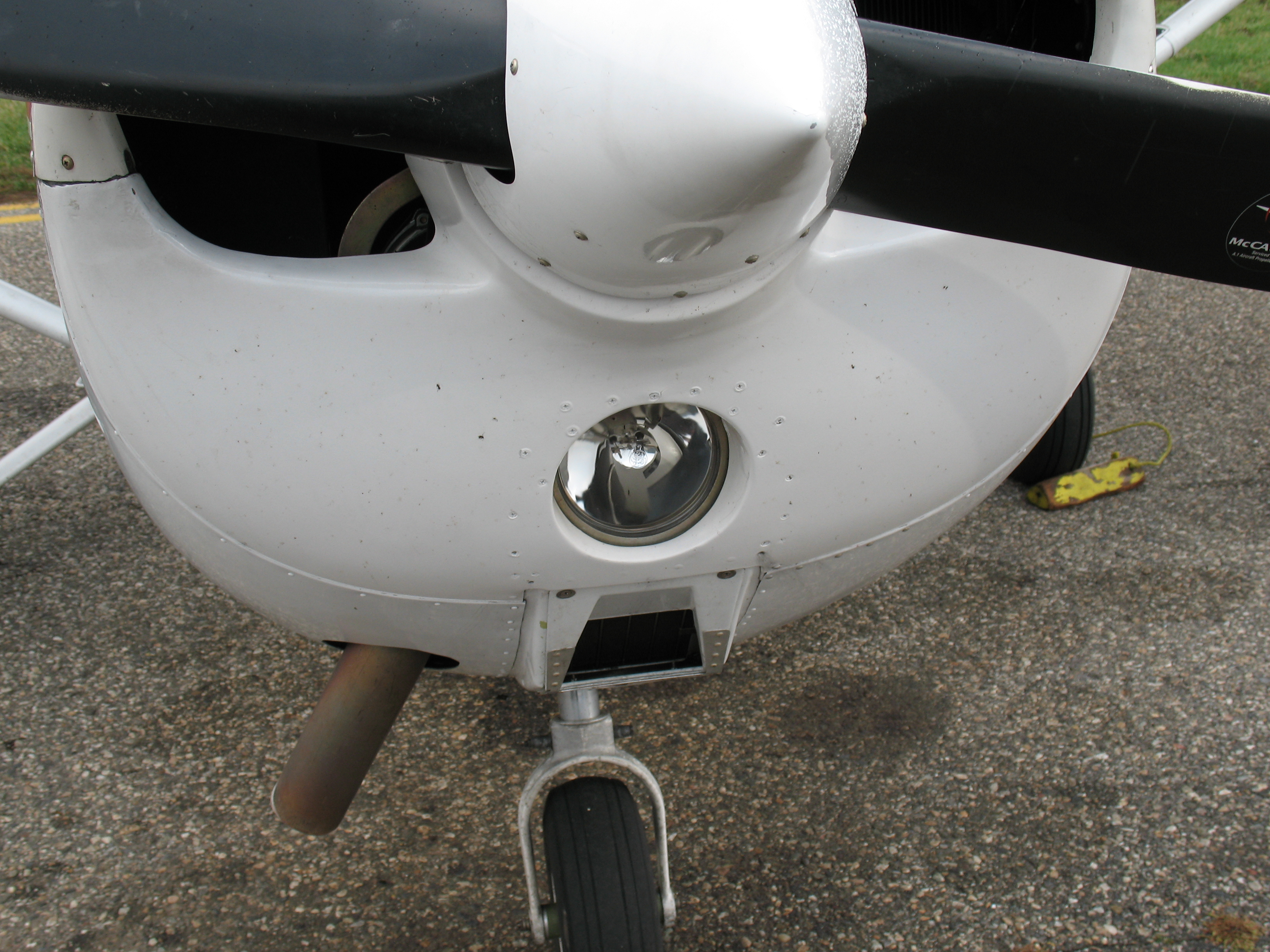Landing Lights




Landing lights are lights mounted on aircraft that illuminate the terrain and runway during takeoff and landing. They are used for improving pilot visibility, enhancing aircraft visibility to others, aiding in collision avoidance, and can even serve emergency communication purposes.
Overview
Almost all modern aircraft approved for nighttime operations are equipped with landing lights. These lights are typically very high intensity to illuminate obstacles during critical flight phases. They're also visible to other aircraft from great distances, improving in-air visibility and safety.
Landing lights are often turned off during cruise to avoid glare, but pilots may keep them on during altitude changes or in congested airspace. Some aircraft also have pulsing or flashing modes for added visibility.
Technology Evolution
Landing lights have evolved from early flashlamps to more advanced High-Intensity Discharge (HID) systems and now increasingly toward LED solutions.
Early Xenon Lights
- Used for aircraft recognition and anti-collision signaling.
- Some early systems used xenon arc lamps to create a flashing effect.
High-Intensity Discharge (HID) Xenon
HID xenon lamps (metal halide lamps) generate light through electrical arc discharge, producing much brighter illumination than traditional incandescent lamps.
Advantages of Xenon
- Brighter Output: Greater brightness than incandescent lamps with lower energy use.
- Longevity: Xenon strobe tubes can last thousands of hours in operational environments.
LED Systems
LEDs are now popular due to efficiency, reliability, and brightness. They offer longer service lives with reduced energy consumption and maintenance needs.
Function and Use
Illumination
Illuminate the runway during takeoff and landing, helping pilots navigate safely.
Visibility
Enhance aircraft visibility to other pilots, especially during low-altitude or high-traffic flight phases.
Emergency Signaling
Can be used to communicate with ground personnel or other aircraft when standard comms are unavailable.
Design Considerations
Important criteria for landing lights include:
- High intensity
- Lightweight construction
- Low power consumption
- Reliability and longevity
Legal Considerations
In the U.S., landing lights are required for night commercial operations per FAR 91.205 but are optional for general aviation. Use is encouraged below 10,000 ft or within 10 nmi of an airport. Lights should not be used while taxiing near airport gates to avoid blinding personnel.
